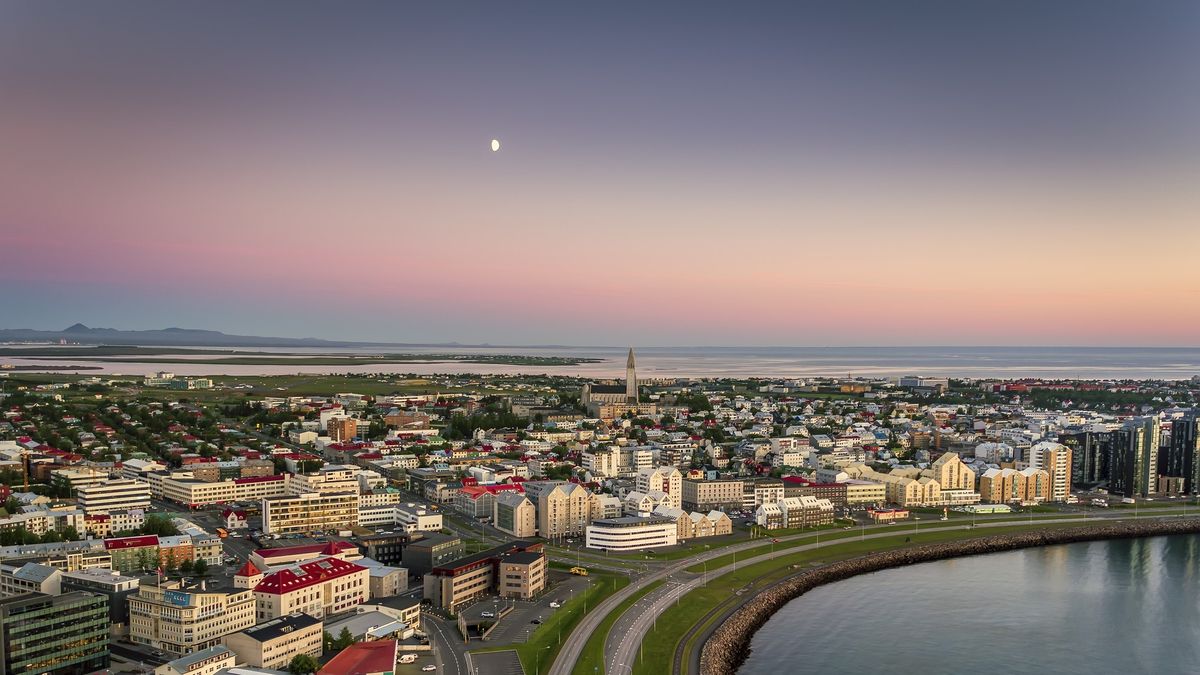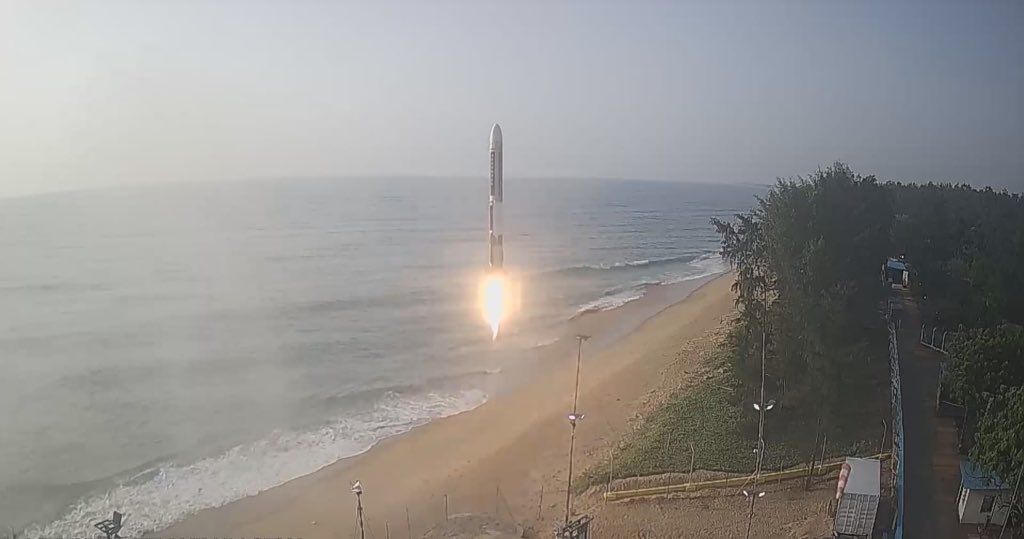Aug 12, 2026 Total Solar Eclipse Over Europe
Europe will witness a rare astronomical event on August 12, 2026, as a total solar eclipse graces the skies in the extreme northwest and southwest regions of the continent. This celestial spectacle will be visible in Greenland, western Iceland, and northern Spain, offering a maximum of 2 minutes and 18 seconds of totality. Notably, this event will coincide with the peak of the annual Perseid meteor shower, adding to the astronomical excitement.
However, the forthcoming eclipse comes with unique challenges regarding weather conditions and sight lines. Scheduled to occur over areas prone to cloud cover, spectators may face difficulties as the eclipsed sun will be positioned relatively low in the sky, reaching a peak height of only 26 degrees above the horizon.
Special Features of the Aug 12, 2026 Eclipse
The August 12, 2026, eclipse holds distinctive characteristics, especially in the auroral zone of Iceland where the sun will not set until midnight. Despite the late hour, the darkened sky will create an opportune moment for observing faint auroras. Similarly, rural areas in Spain will experience considerable darkness, offering an ideal setting to enjoy the stunning Perseid meteor shower that follows the eclipse.
Path of Totality:
The moon’s shadow, spanning 182 miles wide (293 kilometers), will traverse the planet over approximately 96 minutes. Starting in Russia, the shadow will journey across Greenland, western Iceland, the Atlantic Ocean, and finally envelop northern Spain before departing just east of the Balearic Islands. Cruise ships present an option for experiencing the eclipse, with voyages visiting Scoresby Sund in Greenland or positioning viewers for the longest totality west of Iceland.
For avid eclipse chasers, strategic planning is crucial in Spain due to various factors such as high mountains obstructing views during totality. Careful selection of viewing locations is recommended, particularly along the country’s northwest coast where the eclipse will be visible close to sunset. It is advised to seek areas with unobstructed views low on the western horizon to maximize the eclipse experience.
Where and When to Witness the Eclipse
Several locations have been identified as prime spots to observe the total solar eclipse on August 12, 2026. Notable locations and timings of totality are as follows:
- Scoresby Sund, Greenland: 1 minute, 46 seconds at 4:35 p.m. CGST (24 degrees above west)
- Reykjavik, Iceland: 1 minute, 1 second at 5:48 p.m. GMT (25 degrees above west)
- Snæfellsjökull National Park, Iceland: 2 minutes, 10 seconds at 5:45 p.m. GMT (25 degrees above west)
Further locations and timings can be explored to ensure a tailored viewing experience for this rare astronomical event.
Weather Outlook for the Eclipse Day
When anticipating the weather conditions for August 12, 2026, eclipse enthusiasts face a significant dilemma. While Iceland boasts higher sun elevation, contributing to clearer views, it also presents a higher likelihood of cloud cover. In contrast, Spain witnesses the eclipse with a lower sun position, potentially hindering visibility, yet experiencing fewer clouds.
The coastal areas of Greenland, Iceland, and northern Spain are forecasted to encounter cloudy conditions. However, regions like north-central Spain, encompassing the Castilla-La Mancha and Castilla y León territories, offer better prospects for clear skies. Selecting strategic viewing locations and being prepared for potential weather changes are essential for optimizing the eclipse viewing experience.
Eclipse chasers who prioritize clear skies over other factors may find the Mediterranean region, specifically off Mallorca, to be an attractive destination. The balance between altitude, cloud cover, and clear visibility adds an element of adventure to the eclipse-watching adventure.
Image/Photo credit: source url





